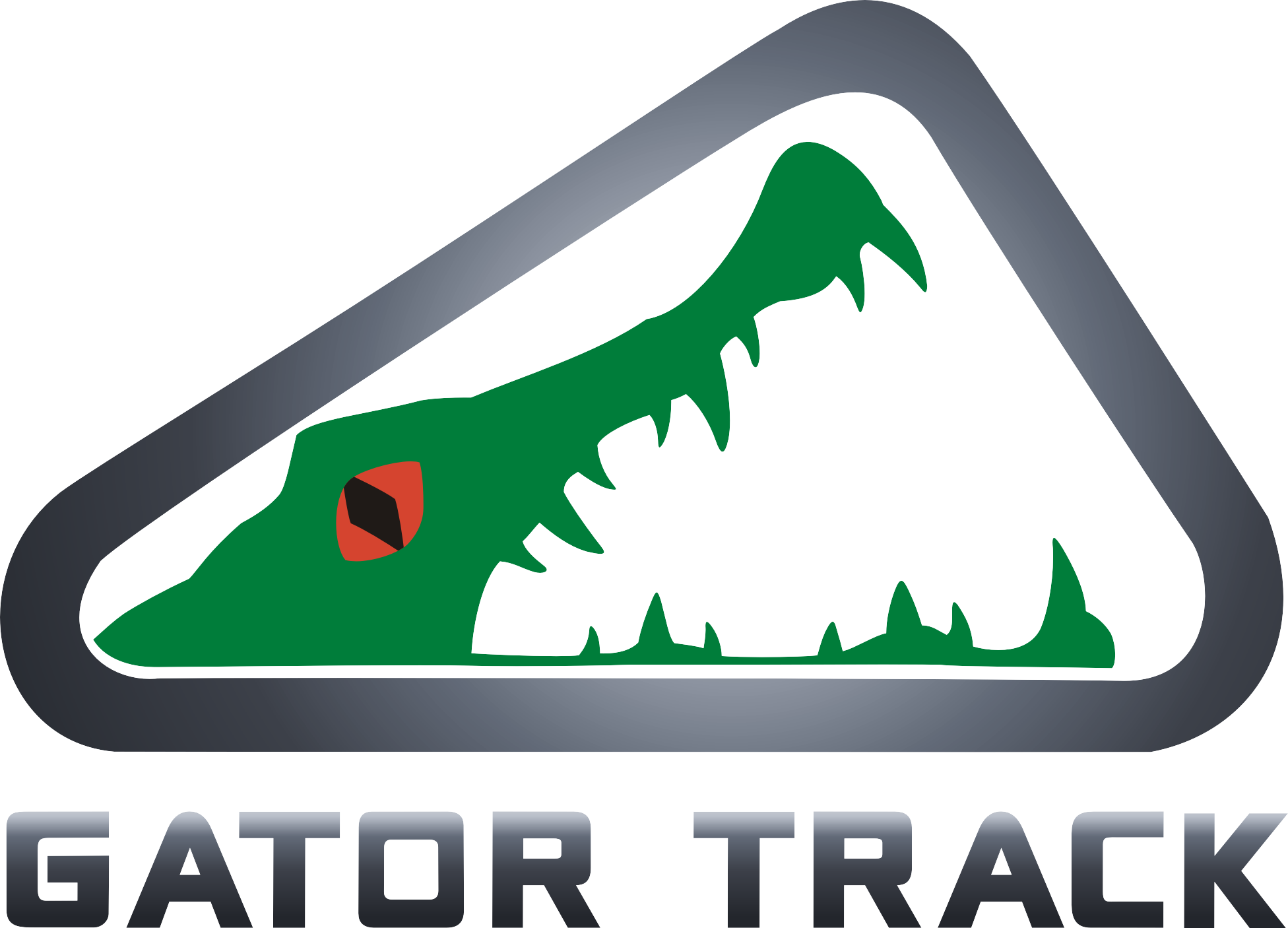Background
Rubber tracks have become an important part of the field of construction and agricultural machinery, especially excavators, tractors and backhoes. These tracks, including excavator rubber tracks, tractor rubber tracks and track rubber tracks, offer superior traction, reduced ground pressure and enhanced stability compared to traditional steel tracks. With the growing demand for efficient and versatile machinery, the global rubber track market is undergoing significant evolution, driven by technological advancements and changing consumer preferences.
Market competition landscape
Competition in the crawler rubber track market is becoming increasingly fierce, with many manufacturers competing for market share. Major manufacturers are focusing on innovation and product differentiation to stay ahead. The market is characterized by a mix of established and emerging companies, each trying to capture a portion of the growing demand for rubber excavator tracks and other related products.
Geographically, North America and Europe are the leading markets owing to widespread adoption of advanced machinery in construction and agriculture sectors. However, the Asia-Pacific region is rapidly emerging as a significant player, driven by growing infrastructure development and urbanization. The company is also exploring strategic partnerships and collaborations to enhance its distribution network and expand its product range. The competitive landscape is further influenced by factors such as pricing strategy, product quality and customer service, so it is crucial for manufacturers to take a holistic approach to stay competitive.
Technology Trends
Technological advances are reshaping the rubber excavator track market, with innovations aimed at improving performance, durability and efficiency. Manufacturers are increasingly investing in research and development to create high-performance excavator rubber tracks that can withstand harsh working conditions. The integration of advanced materials such as reinforced rubber compounds and innovative tread designs are enhancing the traction and longevity of these tracks.
In addition, the rise of machine intelligence technology is affecting the design and functionality of rubber tracks. Features such as real-time monitoring systems and predictive maintenance capabilities are becoming increasingly common, allowing operators to optimize performance and reduce downtime. With the growth of automation and robotics in the construction and agriculture sectors, the demand for technologically advanced rubber tracks is expected to grow, further driving the market trends.
Environmental protection and sustainable development
As the global focus shifts to sustainability, the rubber track market is also adapting to environmental standards. Manufacturers are increasingly focusing on environmentally friendly materials and production processes to minimize their carbon footprint. The use of recycled rubber in rubber track production is becoming increasingly popular, helping to reduce waste and conserve resources.
In addition, the development of energy-saving machinery utilizing rubber tracks is in line with global sustainability goals. These machines not only reduce fuel consumption but also reduce emissions, making them more environmentally friendly. An emphasis on sustainable practices is not only a regulatory requirement but also a competitive advantage as consumers become increasingly aware of the environmental impact of their purchasing decisions.
In conclusion, the global rubber digger track market is growing rapidly, driven by competitive dynamics, technological advancements, and growing emphasis on sustainability. The future of excavator rubber tracks, tractor rubber tracks and crawler rubber tracks looks promising as manufacturers continue to innovate and adapt to changing market demands, paving the way for a more efficient and environmentally friendly industry.
Post time: Oct-28-2024
